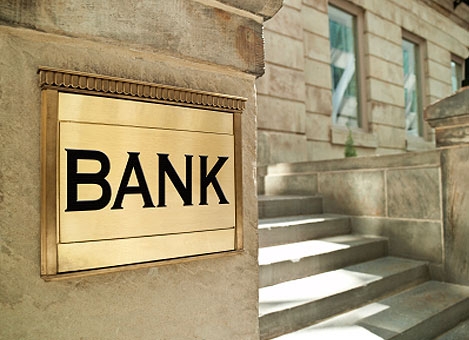The risk-weighted capital adequacy ratio of banks operating in Saudi Arabia improved to 17.4% at the end of 2011 relative to 17.1% at the end of 2010 and 16.5% at end-2009. However, the sector's liquid assets declined to 22.6% of total assets at end-2011 from 24.7% at end-2010 and 25.3% at end-2009.
Net loans accounted for to 55.8% of total assets at end-2011
Further, the sector's net loans accounted for to 55.8% of total assets at end-2011, up from 55.2% at the end of 2010 but down from 57.4% at end-2009; while customer deposits were equivalent to 135.9% of net loans at end-2011 relative to 136% in 2010 and 128.6% in 2009.
Also, foreign currency deposits accounted for 14.6% of total deposits compared to 13% at end-2010, while foreign currency loans accounted for 12.3% of total loans at end-2011 relative to 13.3% at end-2010. The sector's gross NPLs ratio regressed to 2.3% of total loans at end-2011 from 3% at end of 2010 and 3.3% at end-2009. Further, the sector's provisions-to-gross NPLs ratio increased to 132.8% from 115.7% at end-2010 and 90% at end-2009; while total provisions were equivalent to 3.1% of total loans at end-2011, relative to 3.5% at end-2010 and 3% at end-2009.
The sector's aggregate assets were equivalent to 71.9% of GDP
In parallel, banks' pretax return on assets reached 2% in 2011, almost unchanged from 1.9% in each of 2010 and 2009; while their return on equity increased to 14.5% in 2011 from 13.6% in 2010 and 13.7% in 2009. There were 23 licensed banks operating in Saudi Arabia at end-2011. The six largest banks account for 75% of total assets, while the two largest banks account for 25% of the total. The sector's aggregate assets were equivalent to 71.9% of GDP, with aggregate loans representing 39.9% of GDP, credit to the private sector 38.4% of GDP and total deposits 51.4% of GDP at end-2011.
Source: International Monetary Fund- Byblos Bank
25 September






















































